Understanding Different Types of Phone Chargers and the Devices They are Used For
Chargers remain the lifeline of mobile phones, as different types of chargers keep the devices up and running throughout the day. However, for their best utilization, you need to understand that chargers are customarily designed to accommodate specific devices and meet their charging requirements.
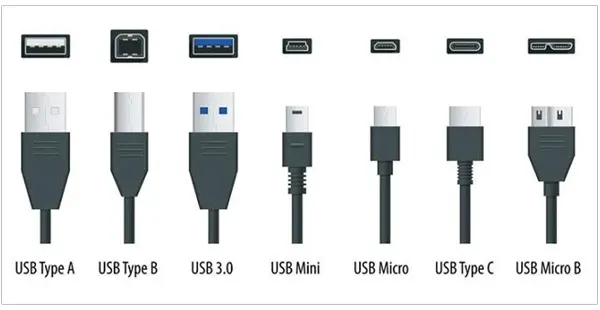
That’s why you should always opt for the right charger after carefully investigating the adapter and port, which work like a bridge to facilitate safe charging and prevent charging-related damages on your device. In today’s article, we bring to you a detailed description about phone charger types to ensure compatibility with your device.
1. USB Type A Charger
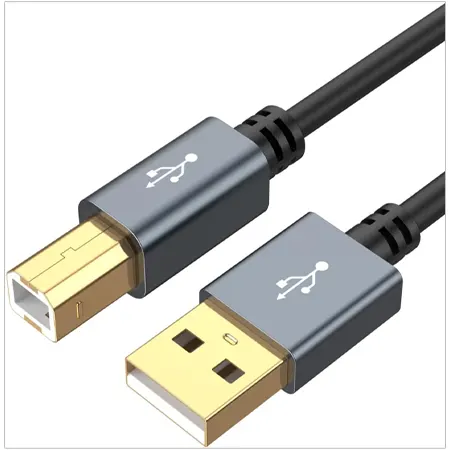
USB Type-A chargers have built-in male connectors that are only connected to female Type-A ports on host devices. These types of chargers are rectangular with a flat built and are generally used in computers, wall chargers, and power banks. They are inflexible and need a particular type of port for connecting. Due to rigidity issues, these chargers seem to be outdated in the context of modern host devices.
USB 2.0, USB 3.0 and USB 3.1 are the most cherished versions of Type A chargers. In general, the USB 2.0 version can offer up to 2.5 W of power with a 480 Mbps maximum data transfer rate. On the other hand, USB 3.0 and 3.1 can deliver up to 4.5 W and 7.5 W power with 5 Gbps and 10 Gbps data transfer speed, providing a boasted speed.
2. USB Type B Charger
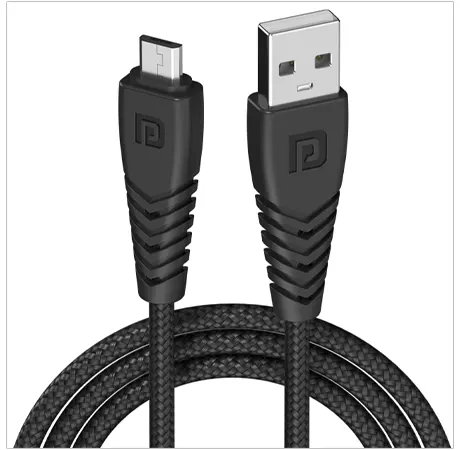
The connectors of USB Type-B chargers are perfect for large peripheral devices that include printers, external hard drives, scanners, etc. It has two rows of pins that establish connection with your device and facilitate charging or data transmission. These chargers precisely mitigate the risk of connecting two host computers together while linking a peripheral device.
Similar to USB Type-A chargers, the Type-B has also lost its significance in the commercial market due to an increase in the popularity of new USB type chargers. However, they still remain useful for charging a variety of Android smartphones.
The USB Type-B charger has two versions that include USB 2.0, which facilitates 2.5 power exchange and 480 Mbps data transfer, and USB 3.0, which supports 4.5 W power connection and 5 Gbps data transmission.
Also Read: How to Add Printer to iPhone? | Explore Different Ways to Connect Printers With and Without AirPrint
3. USB Type C Charger
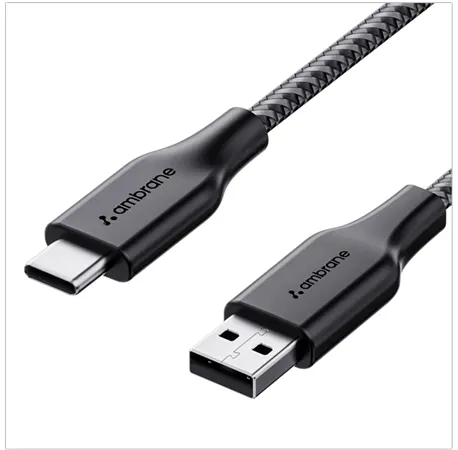
USB Type-C is the latest and most widely used charger that has taken over the industry since day one of its launch. These chargers work as a reversible port for fast charging and data transfer, along with higher compatibility. They seem to be more futuristic as they provide users with a secure and snug fit.
Furthermore, these chargers support swift charging of peripheral devices connected to ports without causing any security issues. Considering the data transmission and secure charging, even Apple has featured these chargers in its latest models. With their increase in popularity, many tech giants like Samsung and Nexus have made Type-C chargers a default option.
4. Lightning Charger
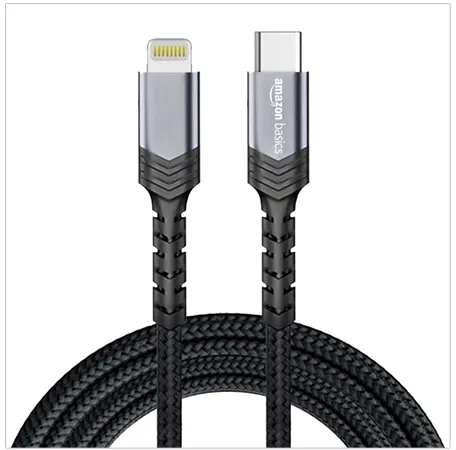
Earlier lightning chargers were the peculiar feature of iPhones and iOS devices. For years, Apple has used the lightning chargers to support charging and data transmission in its iOS ecosystem because of their seamless connectivity, compatible counterparts, and efficient data transfer.
This Apple-designed connector was launched with the iPhone 4 and iPhone 3 versions. Currently, it has an 8-pin lightning connector at one end and a USB Type-C connector on the other. However, the incorporation of USB Type-C chargers in Apple’s ecosystem with the launch of the iPhone 15, 15 Pro, and Pro Max has significantly affected the purchase of these chargers.
Also Read: How to Clean iPhone Charging Port? | Top 4 Solutions to Remove the Dust Particles Carefully
5. Mini-USB Charger
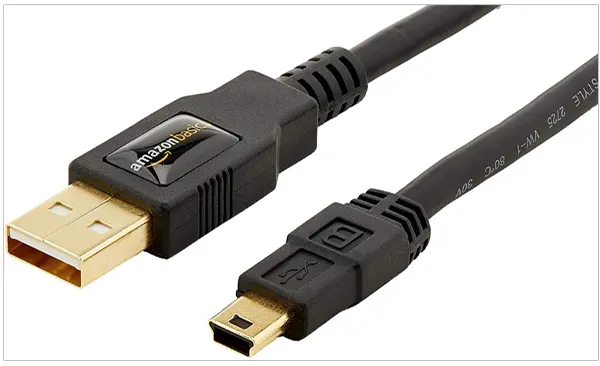
Once popular for its compact size and thicker build, the Mini-USB charger era has come to a dooming end in the electronics industry. They have a flat-end USB on one terminal with a compact version of Type A, B, and C ports on the other. At one point, these chargers used to have monopolies in the commercial market, but with the incorporation of digital cameras in smartphones, their purchase has severely declined.
6. Micro-USB Charger
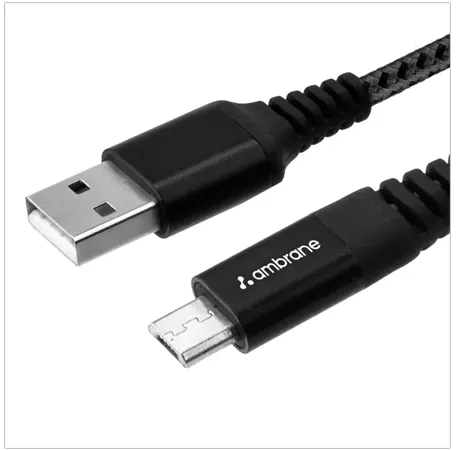
Micro-USB chargers are the traditional Android chargers that were formerly used by Samsung, Xiaomi, Redmi, LG, Techno, Vivo, etc. as their default chargers. These standard cell phone chargers were globally available as they offer several benefits over the mini USB chargers.
They were smaller than the Mini-USB chargers and offered more compatibility as compared to them, which made them instantly dominant in the market. However, the launch of Type-C chargers has led to the decline in popularity of Micro-USB chargers.
7. USB 3.0 Charger
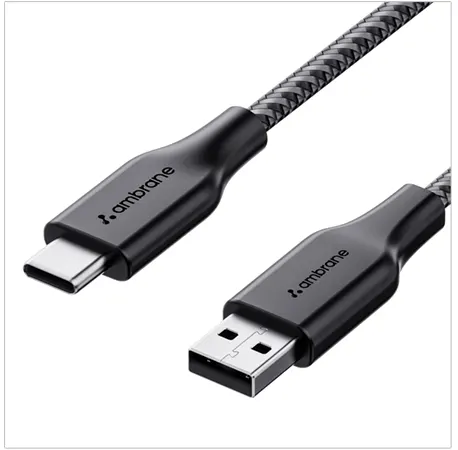
Also referred to as SuperSpeed USB chargers, the 3.0 charger has become insanely popular in the market because of their exceptional data transfer and rapid charging capability of approx. 900 mA. USB 3.1 and 3.2 are the upgraded versions of USB 3.0, and they are known as the SuperSpeed+ chargers as they facilitate 2500 mbits of data transfer and 18 W+ charging.
Quick Overview of Different Types of Chargers
As the technology tends to evolve, new types of chargers keep on being introduced into the list. To expand your understanding of phone charger types, we bring to you this comprehensive table of types of chargers, categorizing the Android charger types based on the technology.
| Types of Chargers | Feature |
Wired Chargers | Widely used for charging phones. Available in various form factors like wall, car, and portable chargers. The aforementioned chargers fall in the category of wired chargers. |
Wireless Chargers | They provide a cable-free charging option. Employs Qi technology to facilitate wireless charging. Useful only for devices that have built-in wireless charging systems. Always consider the charging speed, positioning options, and devices supported while opting for a wireless charger. |
Solar Chargers | Eco-friendly alternative to charging your phones without damaging the environment. It utilizes the sun’s energy for charging, thus eliminating the need for cables. You should consider power output, portability, and weatherproof features when investing in solar chargers. |
Fast Chargers | Facilitates superfast charging in your device by increasing the power supply. Qualcomm Quick Charge, Samsung Adaptive Fast Charging, and USB Power Delivery are some of the fast-charging technologies available in the market. |
Wrapping Up!
A good-quality charger is the most important phone accessory that keeps your phone and other gadgets going throughout the day. Being the most significant source of delivering power and transferring data, we suggest you consider the charging port of your device for a more compatible and efficient option.
Remember that charging a phone isn’t merely about plugging in the device. Instead, it’s about finding the appropriate charger that boosts your device’s supply of power without damaging the battery.
Frequently Asked Questions
Ans: USB connectors have a square shape along with a slight rounding square protrusion large in size on the top.
Ans: Earlier iPhones used to have lightning chargers; however, since last year, after the release of the iPhone 15, Apple has introduced USB Type-C chargers for iPhones.
Ans: Lightning connectors have a built-in authentication chip, which prevents third-party manufacturers from creating iOS-compatible accessories without Apple’s approval.
